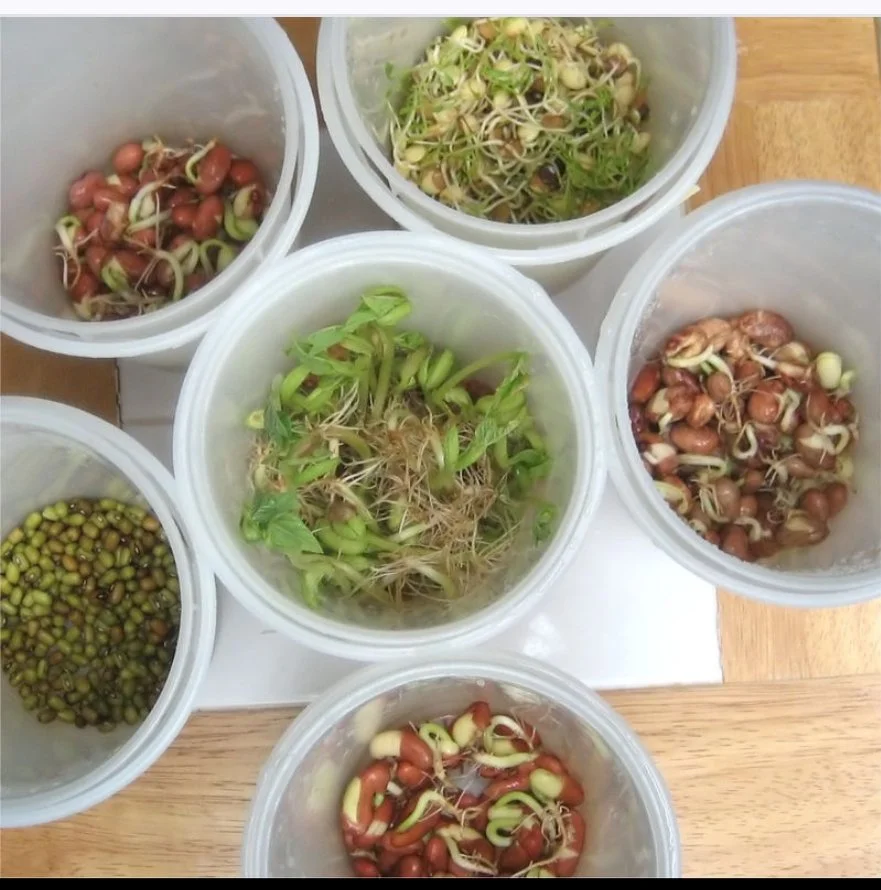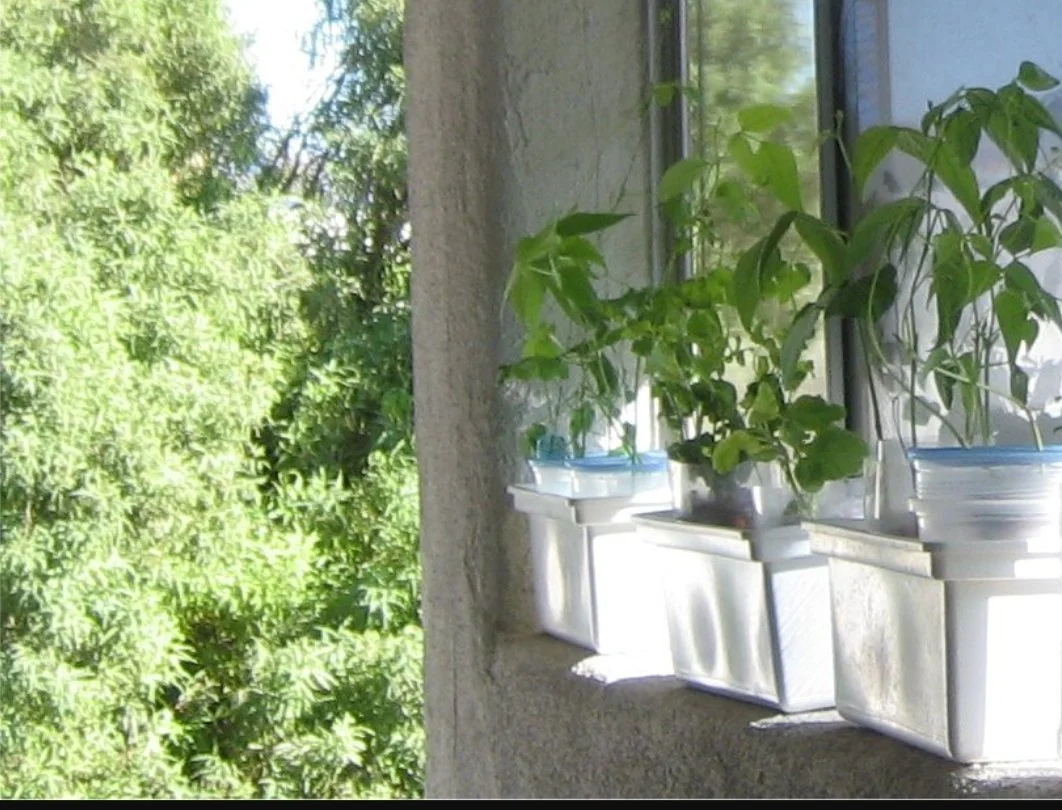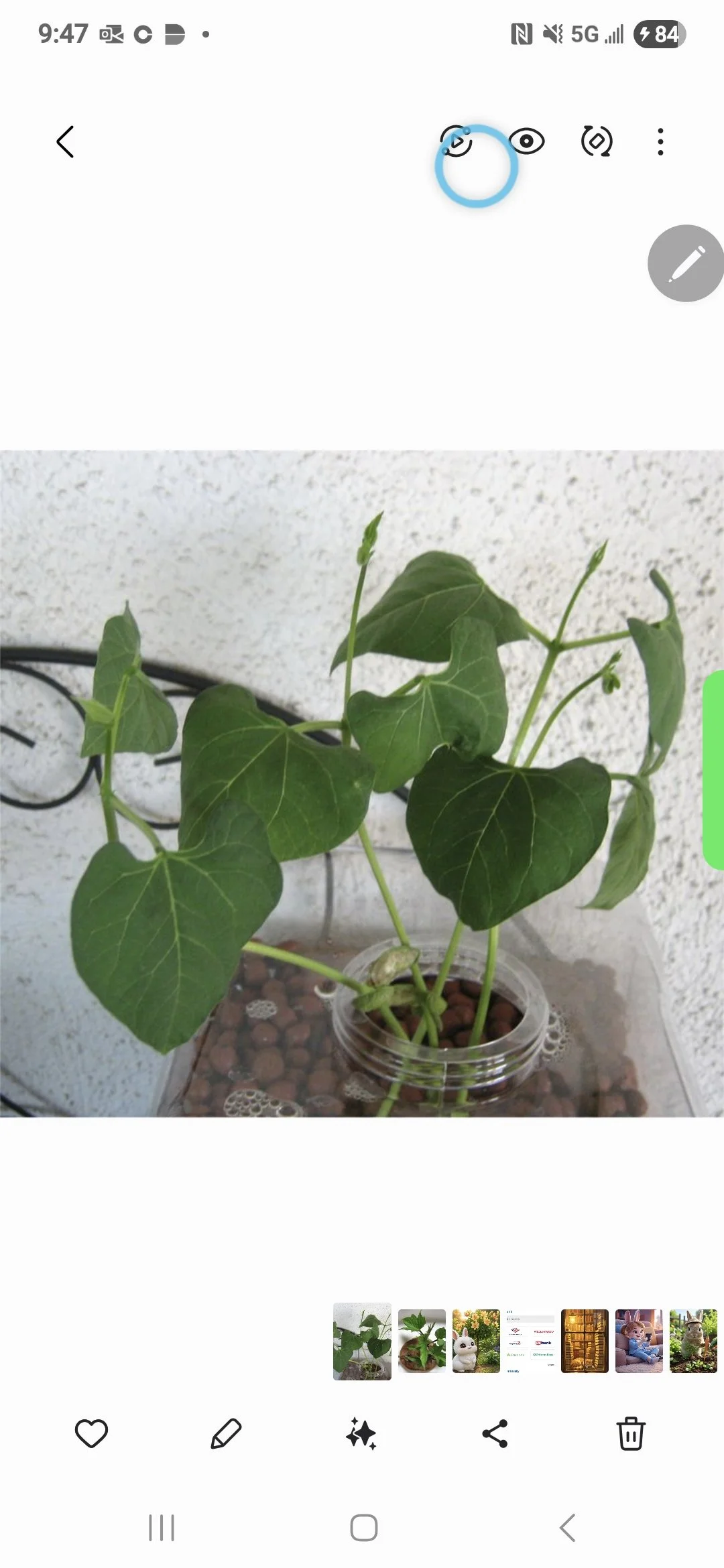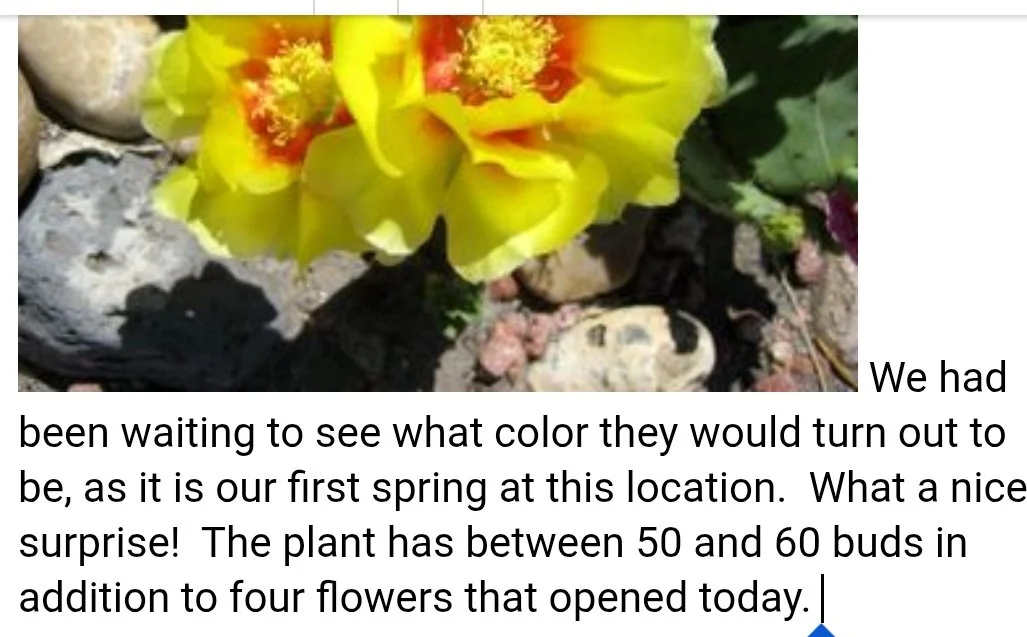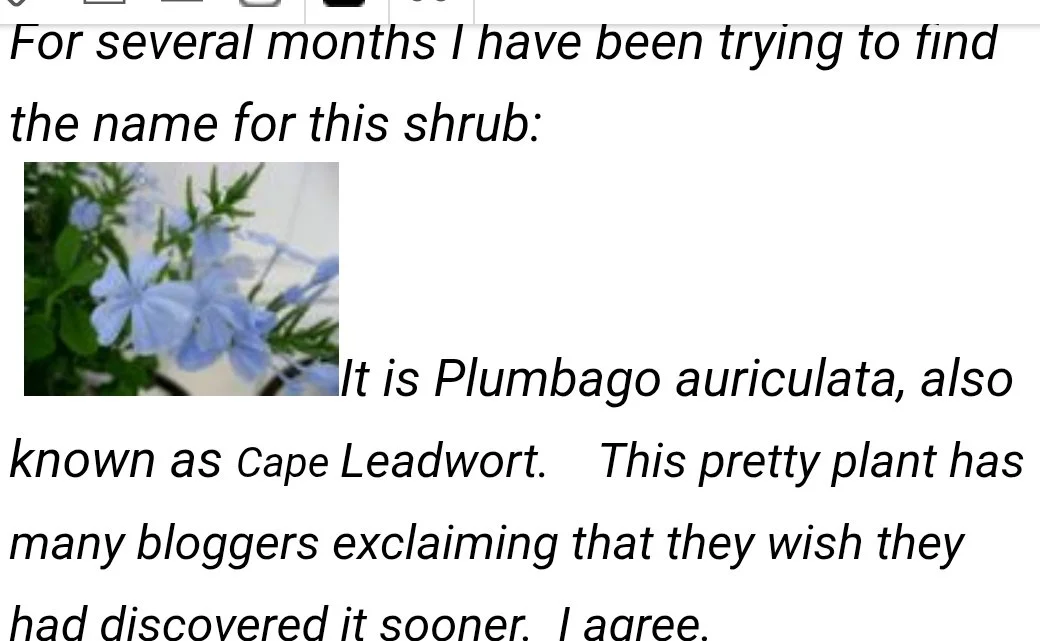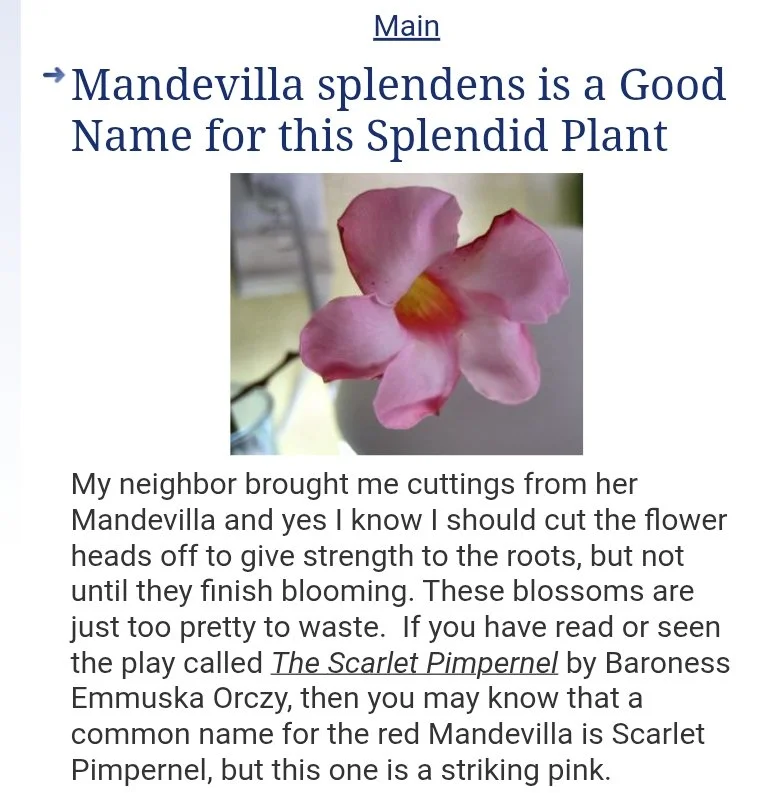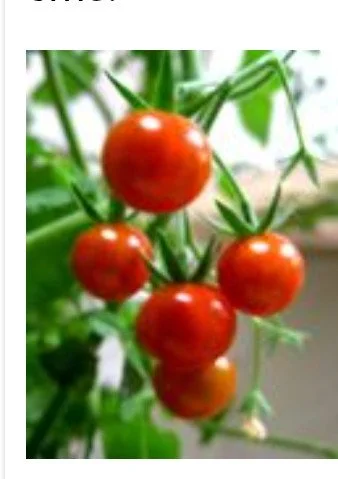Papilionaceous Flowers
Say what? According to the Grain Legumes Portal , plants that have "papilionaceous flowers and pods containing seeds" are grain legumes. That is where I first encountered the term "vetch" so naturally I had to go look that one up too, and this site helped:
Vetch Research
Although I was hitherto unfamiliar with their name, the purple-flowered vetch plants grow wild in the hills above our summer home in Northern California, and one of the most remarkable things I've noticed about them is the way the leaves fold up into cup-like circles that retain moisture well into mid-morning. Once I was hiking without bottled water and was able to collect 1/4 cup of dew drops from the vetch. The flowers were gorgeous, just like those pictured here: Purple Vetch.
We had several bags of dried soup beans around, and reading about the vetch, and particularly its butterfly-shaped flowers made me decide to sprout several different varieties of pulse:
In the center are fast-growing Anasazi beans and clockwise around the circle are mung beans in the nine o'clock position, then Adzukis, lentils, pintos, and finally kidney beans. PLEASE NOTE that although I show these in sprouters, certain bean sprouts are NOT advised to be eaten raw. The kidney beans, for example, will produce common snap bean pods which are delicious and nutritious when eaten at a tender young stage, but the adult beans must be thoroughly cooked to avoid toxicity.
Anasazi Beans
Vining (pole type) take 55 to 60 days to flower and produce green beans, bush type sooner. Bush grow up to 2 ft high and do not require staking.
Comparison of Indoors vs Outdoors Lettuce
Here is proof that the Aerogarden gives plants a headstart.
Repurposed Shower Doors
A couple of 40" x 40" raised planter kits were on sale cheap at a local store, but I wanted 3 more things that their design did not offer:
1) More height
2) Toe room underneath the planter
3) Ledge to lay tools down, etc.
So here is what I came up with:
Those are 12" square brick "pavers" with 4 standard bricks as spacers. This brings the height up to 28" and I inset the pavers, so that I can stand right next to the planter without stubbing my toes. The glass ledge is made from two tempered glass shower doors that my good neighbor was going haul away as trash after remodeling a bathroom. I took the frames off, expecting sharp edges on the glass that would have to be sanded down, but this glass was nice and smooth on all sides. This gives me 5" of ledge spare all the way around.
More photos coming after I've gotten to the store for more potting soil and put some plants in. Seedlings started indoors in my AeroGardens for this project and about ready to plant include Swiss Chard, Beets, Romaine lettuce, Fennugreek, Basil and Black Beans. I bought a few flowering plants to provide color and fill some space until my crops start to fill out.
I think this looks great and will work well and the best part is the cost of building it came in under $100. That does not include the potting mix, which will be $30 or $40. But there is room in my postage stamp sized backyard for a small composting bin, so the potting mix should be a one-time expense.
Another Berkeley Botanical Garden
When traveling one of the things I love most is visiting botanical gardens. Recently, I remembered that having lived in the San Francisco Bay Area 40 odd years, I somehow managed never to have visited the wonderful garden in Tilden Park atop the Berkeley hills.
It has charming paths and bridges and stepping stones going up and down and around the attractions which include a tropical rain forest, among other habitats.
I think I could spend a whole week in Tilden and not be bored. On the way up you might want to stop and see the Berkeley Rose garden as well. Of course, the flowers there are most prolific in May, but I took this photo in August.
Amaranth
Amaranth can be grown from seed to harvest in about 3 weeks in an AeroGarden and in about one month will be big enough to take soft stem cuttings which will root within a week and then happily grow in a glass filled with Hydroton grow rocks and a weak liquid nutrient solution. If two see-through plastic containers can be found which nest, so that drain holes poked in the bottom of one will allow the nutrient solution to drain out into the second container when lifted, this makes a wonderful low-maintenance container for growing edible amaranth plants. My favorite variety is called Tender Green.
Golden Purslane
Portulaca sativa means "cultivated" purslane and refers to a subspecies of purslane that has been bred to have a milder flavor that some describe as "nutty" and a most attractive color and texture. Commonly called Golden Purslane, this is the one I prefer when munching on a stalk raw right off the plant or in a salad. "Sativa" is the subspecies, so the alternate name would be Portulaca olerace sativa. At first it looks just like the other one, but as it gets bigger, it is easier to understand why they call it "golden" because when the light shines through them, the translucent leaves take on a lovely yellow-green glow.
Favored as a European pot herb in the Middle Ages, people on this continent have been tossing the tasty greens into pinto beans for centuries.
Tiny Maters
I started this plant from a cutting in October and it is about 25 feet long on one vine which I just wrapped around and around on a little pole held in place by the hydroton grow rocks in a quart food container, with my "blue mulch" lid over the opening. I fed it General Hydroponics nutes as described in a previous post, and occasionally sprayed it with Green Light Tomato Bloom Spray.
Moonflowers Sprout Fast
Moonflowers are among the most fascinating plants to grow from seed. Although they tend not to say this on the seed packets, they sprout faster if you nick the seeds and then soak them in water for a few hours before expecting them to germinate.
I use a nail clipper to cut a small chunk out of the side of each seed and then after soaking I sprout them in the SproutMan's hemp bag. Of course, any sprouter would work.
These seedlings are just a couple days old and the photo on the left was taken eleven hours before the photo on the right, illustrating how fast these grow. Less than 24 hours ago, they were wrinkly yellow balls that had not yet burst through the tough skin around the seeds.
There may be faster growing plants in the universe, but I have yet to encounter one. Even Kudzu does not start out this fast.
Sweet Potato
A Sweet Potato Slip
I love vines, especially edible ones.
Leaves of the /pomoea batatas are tender and sweet when
young, but they do turn bitter if allowed to get much bigger
than these. The good news is that this vine will ot only keep
producing tender young edible leaves indefinitely, but
pinching them back will make the plant spread out and
become more attractive as well as more edible. The edible
leaves, moreover, are a rich source of lutein, as well as
Riboflavin and Vitamins A and C.
/pomoea plants are easily propagated by stem cuttings.
Extra nitrogen will encourage more leaves and discourage
the formation of tuberous roots. Red lines and/or yellowing
leaves indicate nitrogen deficiency, unless you are dirt
gardening and have tubers below the ground. Then, of
course, the yellowing leaves indicate they are ready for
harvest.
Malabar Favorite
I am cloning these as fast as I can because I want to eat more of them! It is hard to have just one favorite plant, but this could be mine. It has everything that I like! Malabar Spinach loves hot weather and resists pests. It is beautiful, vining, nutritious, tasty, with delightful buds and diminutive flowers. Stem cuttings root in plain water in ten days, and once the plants are cloned they can be left to grow in water, adding liquid nutrients on a schedule, or hardened off and planted in soil. The fast growing vine will spread like ivy and cover a wall or a shed with edible landscaping.
The plant pictured here is just growing in a glass of water near one of my LED AeroGarden planters. I put a few clay pellets in the water to hold the stem upright. It is not in an ebb and flow container, but every now and then I pour off the water and then pour the same water back into the glass to give the roots some air, and of course I top the water off every few days to keep the roots from drying out.
Hawaian Hibiscus
Something ate most of the leaves off this plant, but it is making a comeback, with a new flower opening daily.
Custard
I usually dump these ingredients in the bread machine (or rice cooker!) and press the bake button:
Chunks of butter in the bread pan. Lay a slice of bread over it. (Here I am using the multigrain loaf that I baked yesterday which is #8 in the KBS instruction manual).
More butter.
Pour the following well-blended ingredients over the butter:
2 eggs
2 cups of milk
2 T bread flour
1/2 cup sugar
Juice of 1 medium lemon = 1/3 cup
1 t vanilla
Bake only cycle 50 minutes in breadmaker (rice maker has automatic shut off)
Add: Time and Temperature for Neovide, Housnat?
Surprise Crossvine
My large potted crossvine plant did not survive this past winter, but a stem cutting I took and left on a window sill not only managed to stay alive and even has a flower.
Link to my first post on crossvine:
https://www.drann.me/from-typepad/crossvine
Hibiscus Tree
I ordered a number of hardy hibicus trees (Rose of Sharon and some others) in May and despite watering them faithfully through August they all looked dead. Finally one morning I happened to see a ground squirrel going from one plant to the next, nibbling on the trunks. That is why there were no leaves!
After I wrapped vinyl netting around them, they started growing like mad.
Before ( ) and after (Sept 4) below:
